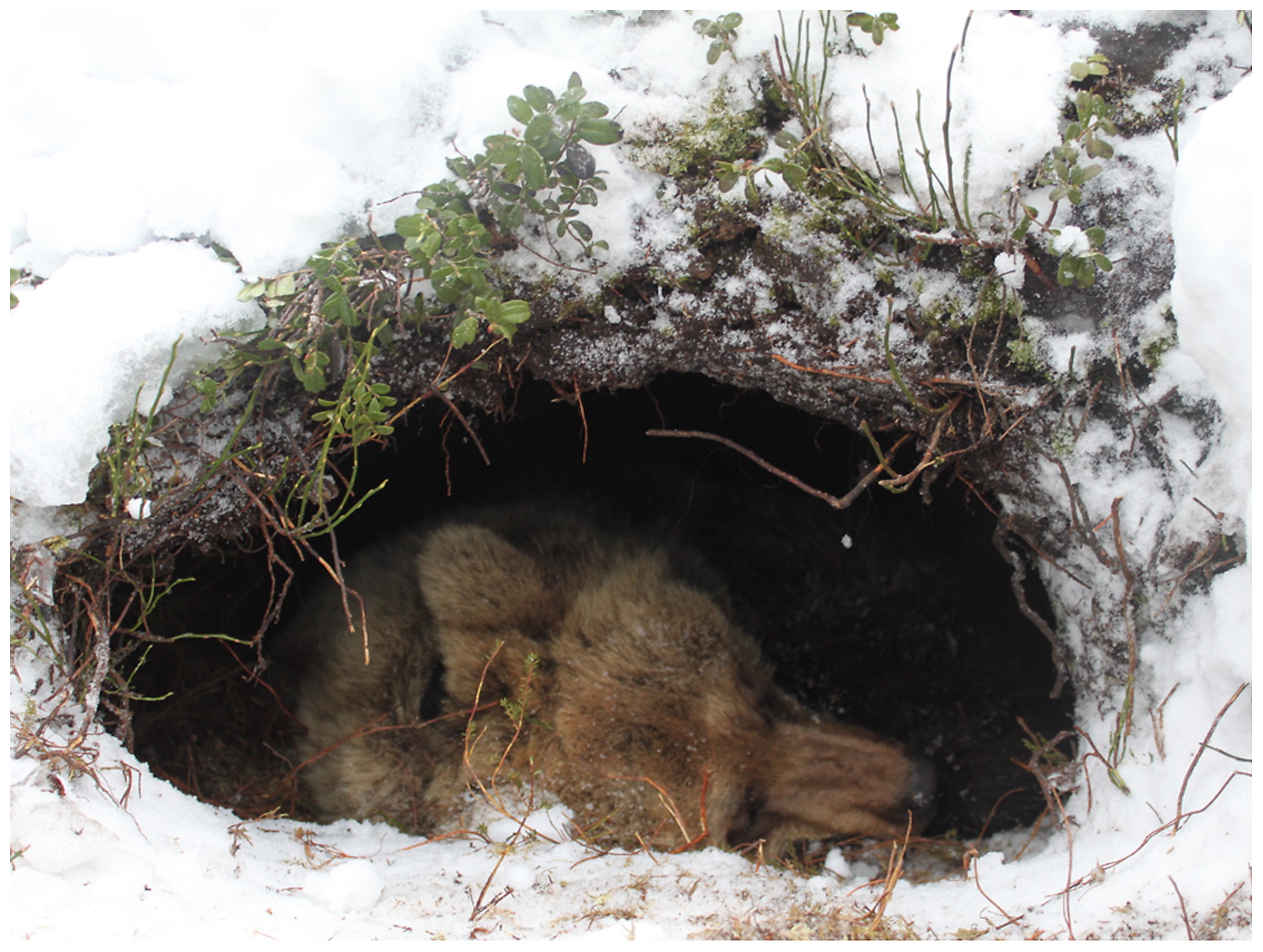What is Hibernation?

Hibernation is a state of deep sleep that animals
naturally go through which allows them to conserve energy
and survive the elements when resources are scare.
There are different types of hibernation that vary as
much as the animal kingdom, however the same concept
applies to all types of hibernation in that heart rate
decreases, body temperature decreases, and the body goes
in a state of torpor during the winter months.
Click the above links for more detailed information
about the biological processes that go into hibernation.
Applying Physics to Hibernation
While I could create a quite a larger website on
specifically the biology of hibernation, the point of the
site is to explain some of the hibernation processes
through the eyes of a Physicist.
One process that I compared hibernation to was that of a
heat engine. Animals use it's stored fats and hibernating
hormones to regulate and fuel the body which acts just
like a hot reservoir of energy to use throughout through
the process of being dormant for so long. They use this
energy for WORK to maintain the body in the lowest state
of activity while technically not being dead. I showcase
my comparison in the two figures above. More information
about energy and hormones is located above.
Another way I quantify hibernation is by graphing the
various data found in research of hibernating animals.
This includes changes in heart rate, breathing rate, and
metabolic rate of an animal during hibernating months.
This helps visualize the rate of extreme change each
animals goes through and show comparisons between the
different types of hibernation.
Lastly, one thing I wanted to theorize on regarding
hibernation was the hypothetical activation energy
required to "start-up" a sleeping animal after months. The
activation energy can be graphed on Energy v.s Time,
similar to any chemical reaction that shows the change in
energy. To calculate this theoretical energy I will use
one of the most common physical equations for kinetic
energy; Energy = 0.5(mass)(velocity)^2. Translating this
equation to an sleeping animal, mass is the average weight
of the animal, making sense that a heavier animal will
need more energy. Velocity is the change of heart rate
(beats/min) required to restart the animals normal awake
state. The larger the change needed to awake a cold
animal, the more energy need to activate.

Hibernation for Different Animals
To fully understand how hibernation works, I will be
examining different animals under their standard
hibernation states. Each animal has there unique way they
go through the long winter months that set them up for
success.
Each animal will have graphed
information on it's biological changes that they go
through hibernation. Because of different factors, the
graphs will reflect the difference in each animal's body,
and showcase the adaptability of each creature.
CHOOSE AN ANIMAL TO LEARN MORE

BEAR

ARCTIC GROUND SQUIRREL

BAT

HEDGEHOG

LIZARD



